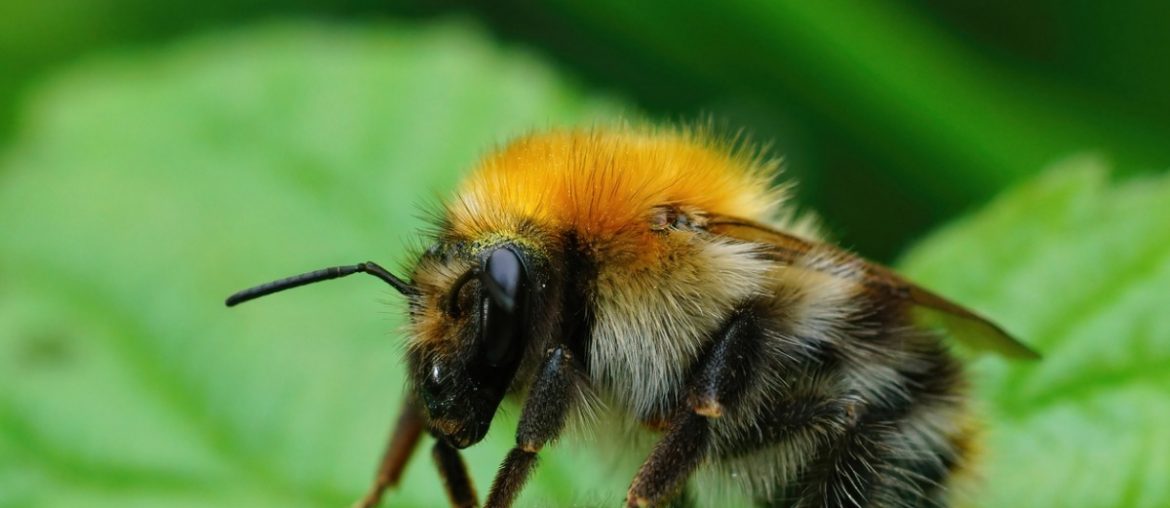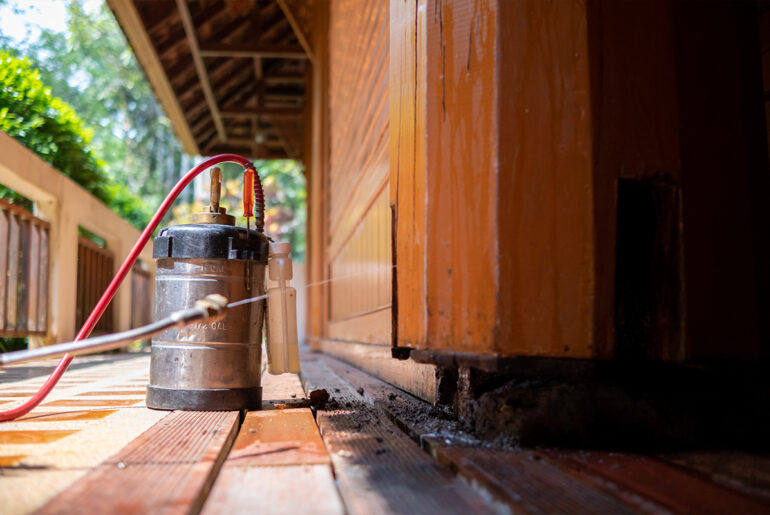Pests might not always be bad — an uncommon opinion because, traditionally, pests are seen as harmful creatures that cause damage to crops and homes. However, there are cases where these so-called pests can actually provide benefits to people and the environment.
Moreover, some businesses have realized the importance of maintaining beneficial creatures during landscaping and pest control efforts. This is where software and marketing services for lawn and yard care come into play, helping companies market their positive efforts toward preserving ecosystems and natural habitats.
By showcasing their commitment to sustainability through data-driven strategic digital marketing, businesses can attract environmentally conscious customers who appreciate real data and results. So next time you spot a “pest,” think twice before calling for extermination — it might just be doing more good than harm!
- Step 1: Ask customers what times they are available, then upload the request into Route Manager.
- Step 2: Confirm the planned arrival time – and stick to it.
- Step 3: Equip your sales and customer support team with visibility into live ETAs via GPS tracking.
- Step 4: Use Route Manager 360 notes to stay updated on customer satisfaction.
Pollinators
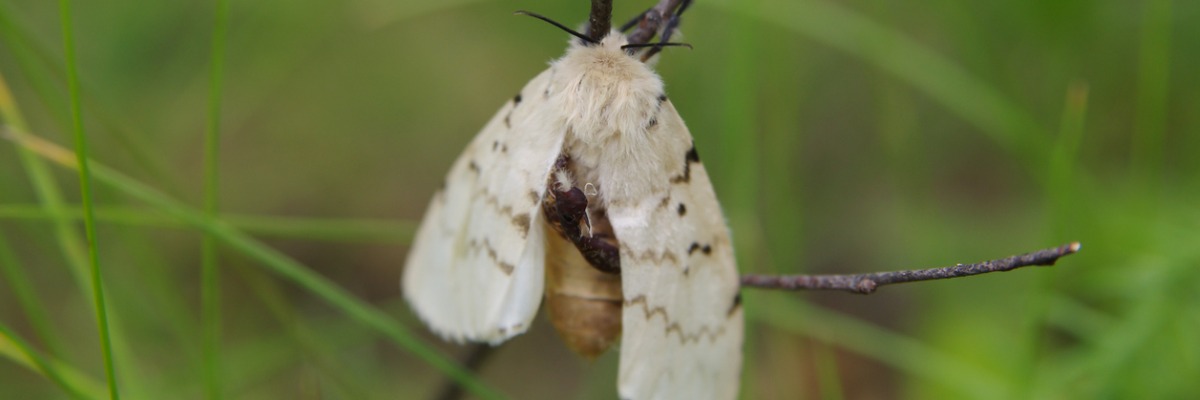
Pollinators are creatures that facilitate the transfer of pollen from one plant to another, allowing for fertilization and reproduction. This process is crucial for maintaining healthy ecosystems and ensuring human and animal food production.
While bees are perhaps the most well-known pollinators, many other species play an essential role in this process:
- Wasps: are considered pests due to their painful stings. However, wasps are also important pollinators for many plants, including figs and strawberries.
- Moths: are another notable pollinator, particularly for night-blooming plants such as yucca and evening primrose.
- Flies: may be viewed as pesky insects, but certain flies are responsible for pollinating dark and dull flowers or those with putrid odors.
- Bats: are often overlooked when it comes to pollination. These nocturnal creatures consume nectar from flowers while also spreading pollen between plants.
These so-called “pests” are vital in maintaining the natural world and ensuring global survival.
Predators
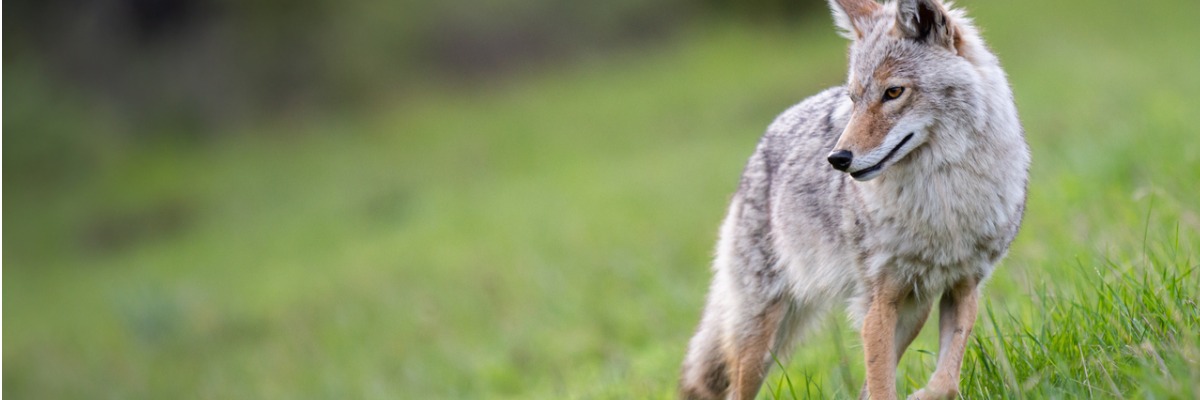
While viewed as harmful or dangerous, predators play an important role in maintaining healthy ecosystems and controlling populations of prey animals.
For example, the Yellowstone Wolf Recovery plan demonstrated predators’ integral role in maintaining ecological balance. When wolves were reintroduced to Yellowstone National Park in 1995, their presence helped control the elk population — a species overgrazing the park’s vegetation. This allowed for new growth and increased biodiversity, benefiting people and wildlife.
Other notable predators include:
- Coyotes, help to control populations of rodents and other small mammals that can carry diseases.
- Hawks and owls, help to keep populations of rodents and insects under control while also serving as indicators of environmental health.
However, some predators can also be considered pests in certain circumstances. For example, raccoons may raid garbage cans or gardens for food, while feral cats can negatively impact bird populations. In these cases, mitigating conflicts between humans and wildlife is best while recognizing these creatures’ important role in maintaining healthy ecosystems.
Parasitoids
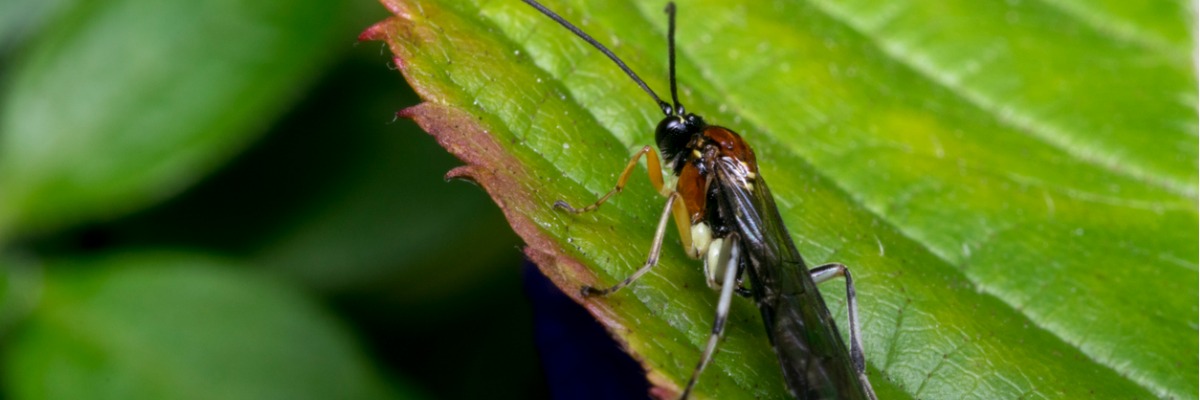
Parasitoids are creatures that lay their eggs on or inside other insects, ultimately leading to the host’s death. While this may seem harmful, parasitoids play a key role in controlling populations of pest insects and maintaining ecological balance:
- One notable example is the braconid wasp. These tiny wasps lay their eggs on caterpillars, which then hatch and feed on the host until it dies. This helps to control populations of caterpillars, which can cause damage to crops and other plants.
- Another notable parasitoid is the tachinid fly. These flies lay their eggs on insects like beetles and grasshoppers. The larvae then feed on the host from within until it dies.
While some parasitoids can also be considered pests in certain circumstances, they generally serve an important function in maintaining ecological balance and controlling populations of pest species.
Dangers to “Positive Pests”
While positive pests can offer invaluable assistance, there are some potential dangers to them to be mindful of:
- Habitat loss: Positive pests, like all creatures, require suitable habitats to survive and thrive. When their habitat is destroyed or altered due to human activities, populations can decline.
- Pesticides: While positive pests may be beneficial for controlling pest species, they can still be affected by chemical pesticides that control other insects or diseases.
- Climate change: Changes in temperature and precipitation patterns can affect the behavior and life cycles, potentially leading to declines in population size.
- Overuse of biological controls: Overuse of these controls can lead to unintended consequences and negative impacts on the positive pest population.
- Invasive species: Invasive species can outcompete positive pests for resources or prey upon them directly. This can lead to declines in population size or even local extinctions.
Therefore it’s crucial to recognize the value that positive pests bring to our ecosystems and take steps to protect them from these potential sources of damage.
How To Protect “Positive Pests”
Protecting ecologically beneficial creatures like positive pests maintains healthy ecosystems. Here are a few steps you can take to help protect these organisms:
- Reduce pesticide use: Consider using natural pest control methods to manage unwanted pests.
- Provide suitable habitat: Create habitats that support positive pest populations.
- Work with pest control services: Work with pest control services that prioritize the protection of beneficial insects. Look for companies that use integrated pest management techniques and natural solutions.
- Top dress your lawn: Top dressing your lawn involves adding a layer of compost or other organic material to improve soil health and promote healthy grass growth.
- Rethink lawns and landscaping for climate change: Consider reducing the amount of traditional lawn space in favor of native plantings or other types of landscaping that support biodiversity and resilience in the face of climate change.
- Use field service management software: Pest control companies can benefit from using field service management and scheduling software to optimize operations and reduce waste. This can help ensure treatments are explicitly targeted at problem areas while minimizing harm to beneficial insects.
- Use pest control software: Pest control operations management software can help businesses track infestations, plan treatments, and communicate with customers about environmentally friendly options.
By following these tips, individuals, communities, and businesses can help protect positive pests.
How To Attract “Positive Pests”
There are many simple ways to attract and invest in positive pests, such as:
- Plant native species: Native plants provide food and habitat for positive pests adapted to the local ecosystem.
- Provide nesting sites: Create nesting sites for positive pests, such as a bee hotel or a woodpile for insects that live in dead wood.
- Use companion planting: Certain plant combinations can help attract positive pests while deterring pest species.
- Provide water sources: Many beneficial insects require water to survive. A shallow water dish or a small pond can help attract and support these creatures.
While attracting positive pests can benefit ecological balance, it is not always appropriate. In some cases, introducing non-native species or encouraging the overpopulation of certain species can lead to unintended consequences and negative impacts on the local ecosystem.
Resources
Quite a few resources exist to help conserve and learn more about these creatures:
- The Xerces Society: A nonprofit organization dedicated to conserving invertebrates and their habitats. Their website provides information on pollinator conservation, habitat restoration, and other ways to support positive pests.
- The Pollinator Partnership: A nonprofit organization working to protect pollinators and their ecosystems. Their website includes resources for gardeners, farmers, and other stakeholders interested in supporting pollinators.
- The National Wildlife Federation: A wildlife conservation organization that promotes protecting and restoring wildlife habitats across North America. Their website includes resources on native plant gardening, sustainable landscaping, and other topics related to positive pest conservation.
- USDA Natural Resources Conservation Service: Provides technical assistance and financial incentives for farmers and landowners who want to implement conservation practices on their land. Their programs include initiatives for pollinator habitat restoration and soil health improvement.
These are just a few examples of reputable resources available for those interested in learning more about positive pests and how to support them. By working together to support biodiversity and ecological balance, we can create healthy ecosystems that benefit both people and the planet.

